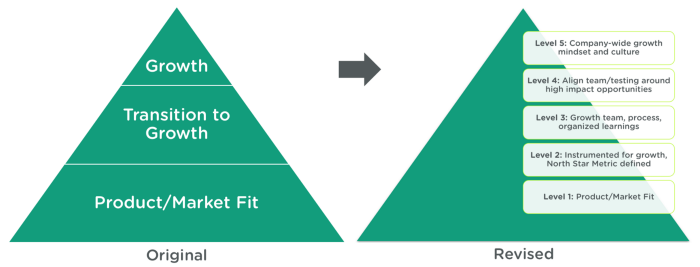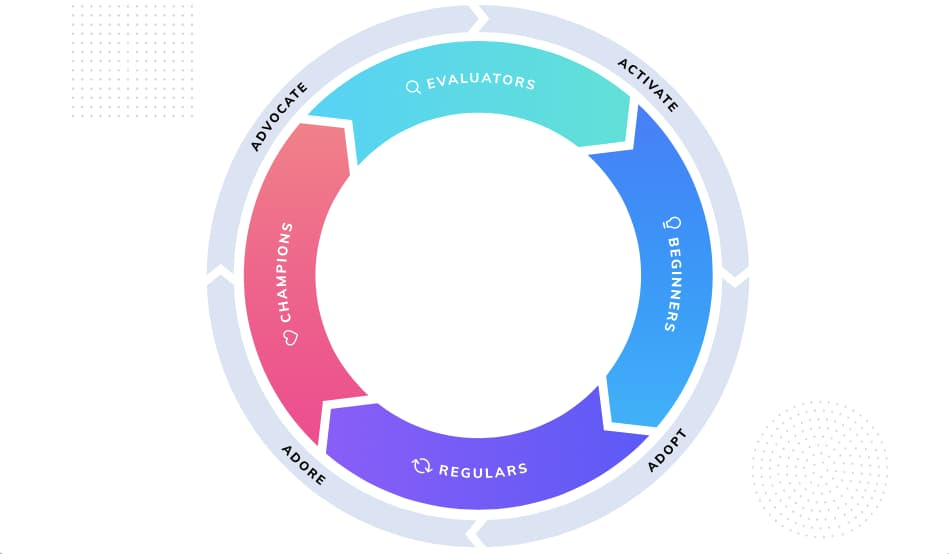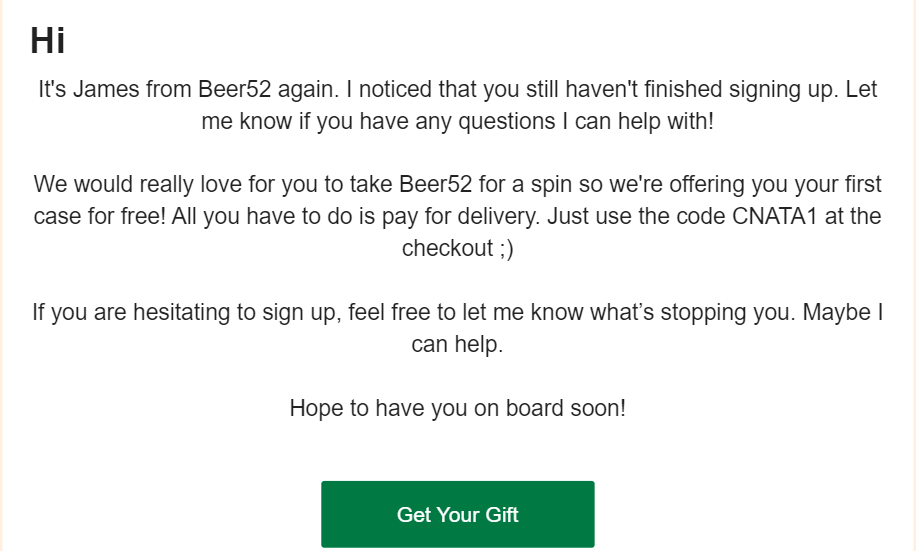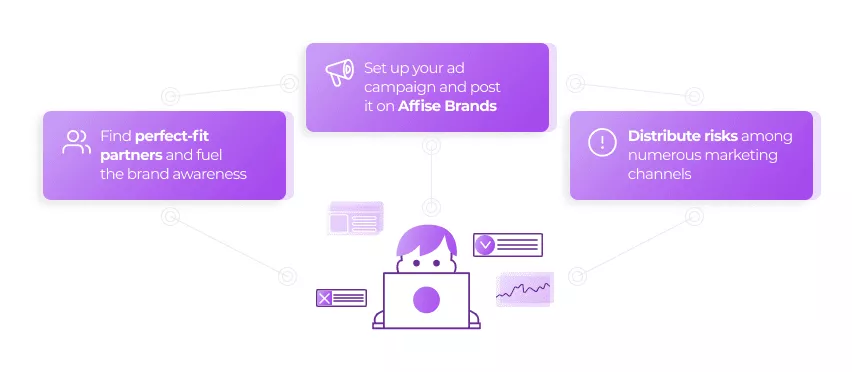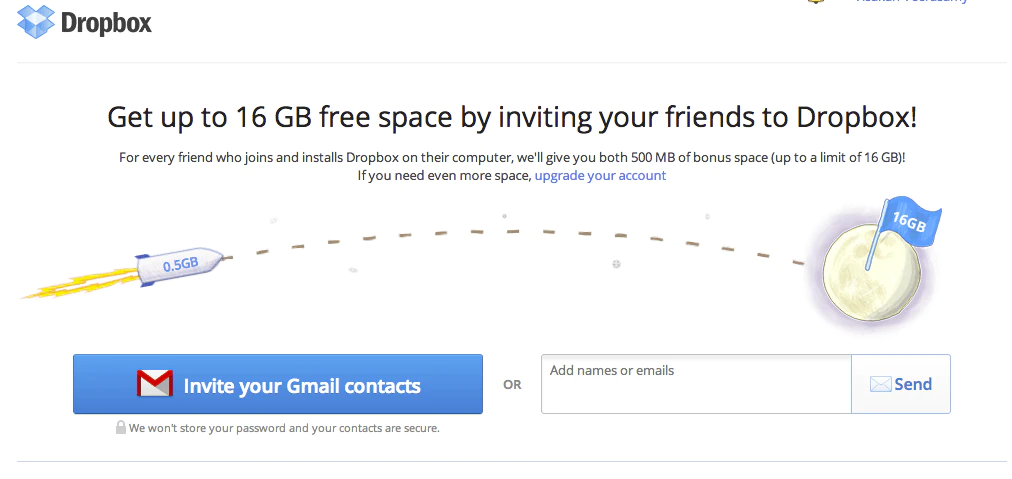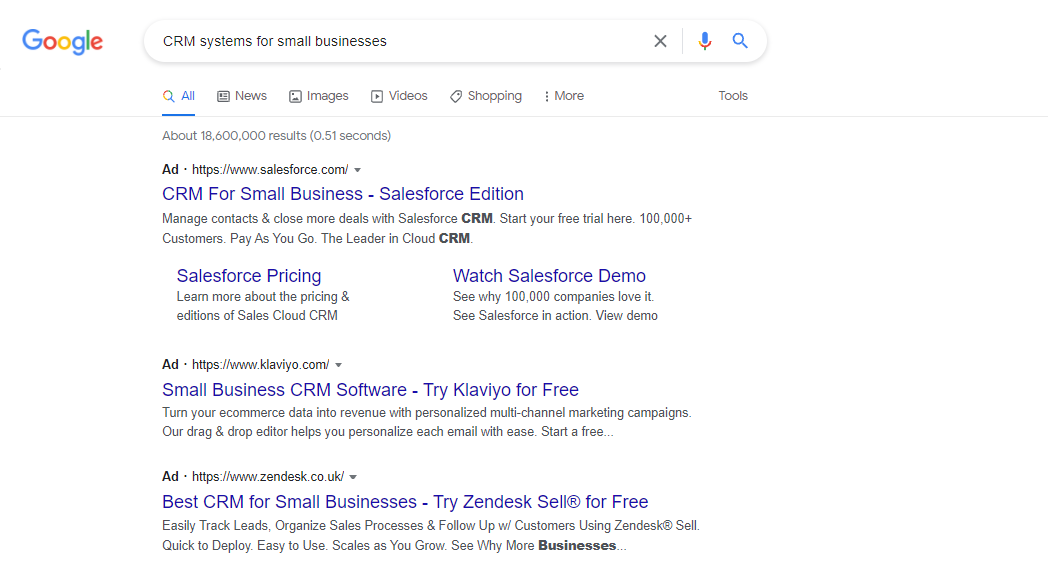A/B testing tools – A/B tests are an absolute essential for any growth marketing team. Google Optimize is a reliable free option that provides the ability to test more than two variables, while Crazy Egg lets you build A/B tests without needing any coding experience.
Social media monitoring tools – It pays to know what your customers are saying about you online. By using social media monitoring tools like Hootsuite, you can automatically track and manage your brand’s online reputation as well as keep an eye on trends, keywords, hashtags, and the like.
User feedback tools – With tools like Mopinion, you can collect and analyze user feedback in real-time, targeting feedback forms to online visitors to gain insights into why they aren’t converting. With UserTesting you can go a little bit further and arrange a live user panel to evaluate your UX.
Analytics tools – Google Analytics is practical for gathering basic website activity metrics, but to maximize your growth strategy you’ll want to utilize a range of tools that capture customer data, user behavior, retention rates, in-app analytics, and more. Utilize online resources like the Digital Agency Network to find the best analytics tools for your business specifically.
Business Intelligence tools – With the abundance of data that you’ll be collecting, a business intelligence tool is essential for the automated management of unstructured data.
With Affise BI, you can store all of your marketing channel data in one place, permitting you to monitor, structure, and compare data from both internal and external sources. It eases the statistical analysis process considerably. Other options include SAP Business Objects, who offer reporting, analysis, and interactive data visualization.
Learn From the Pros
Sometimes the best way to understand a strategy is to hear from the people who’ve put it into practice. Growth marketers and growth-focused teams are often happy to share their stories.
Neil Patel – Considered an authority by many in the growth marketing space, Neil Patel is dedicated to sharing his expertise with his millions of followers. From his beginner’s guide to content marketing to his growth hacking cheat sheets and SEO tools, Neil Patel’s website is full of valuable information.
Casey Winters – From the likes of Pinterest and Tinder to Airbnb, Casey Winter’s has played a pivotal role in the growth success of a number of big-name brands. His blog offers some useful insights, particularly for tech companies looking to scale their business.
Lenny Rachitsky – An entrepreneur and ex-Airbnb employee, Lenny Rachitsky shares his knowledge with 75,000+ paid subscribers in a weekly newsletter. He offers advice on “building product, driving growth, working with humans, and anything else that stresses you out at the office.”
Hubspot – Using their platform as growth-focused innovators, Hubspot creates long-form content covering everything from data-driven app integration to digital marketing hacks and automation.
Growth Marketing Strategies
Now, let’s take a look at the strategies that drive growth marketing campaigns.
Loyalty
Your loyal customers are worth much more than the one-time discount-wielding buyer. However, a common business pitfall is the overinvestment into new customer acquisition while neglecting the ones who stick around.
Your loyal customers make more purchases, make higher-value purchases and, most importantly, they advocate your brand. They’re the customers who recommend you to their friends and family, share your social media posts, and engage in positive online discussions that influence potential customers.
Basically, they do a lot of your marketing for you, so make sure to reward them! Your loyalty campaigns might involve loyalty card schemes, reward programs, exclusive members-only offers, or birthday discounts.
Referral Programs
Sometimes called word-of-mouth marketing, the business of gaining new customers through customer recommendations is one of the oldest tricks in the book. Referral programs not only encourage your customers to spread your brand’s awareness, but they also give you an easy way to track referral metrics.
Most referral programs use incentives to coax paying customers into referring friends and family. These incentives could be cash, giftcards, upgrades, discounts—really anything that is of genuine value to your existing customers. Dual-sided referral programs are the most popular, as both the existing customer and the newly-referred customer get rewarded for their participation.
A famous example of referral-program success is Dropbox’s referral program. By simply offering both customer parties 500MB of extra storage, they were able to entice 2.8m of their existing audience to send out invites, skyrocketing their growth by about 60% in 15 months.

















